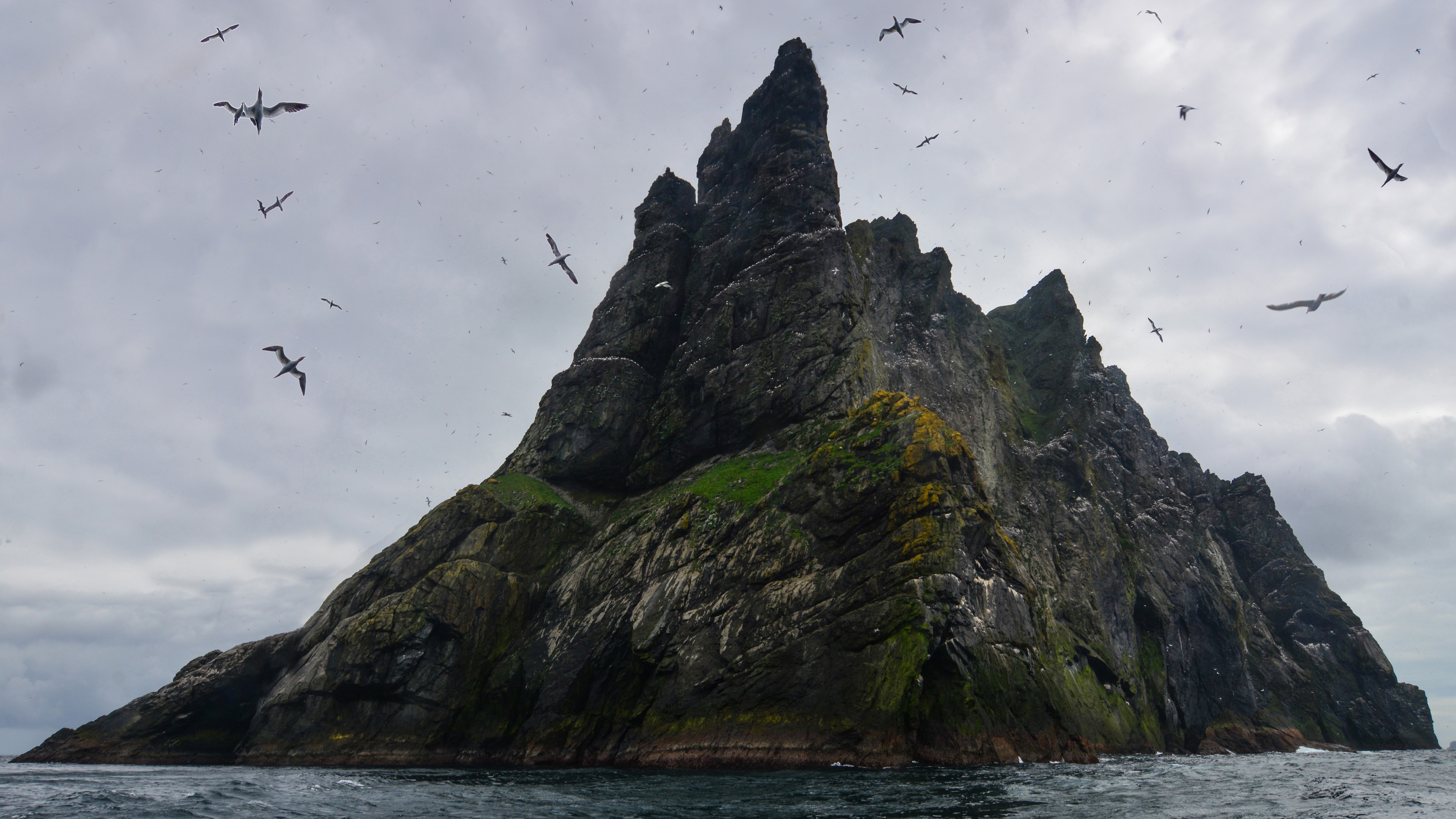
In order to find new routes, rock climbers have to go increasingly further into the wild these days, and in the case of one Scots climbing team, that meant traveling hundreds of miles of the north west coast of Scotland.
It's been nearly a century since anyone lived in the St Kilda archipelago, but these remote islands still call forth explorers seeking off-the-beaten-track adventures such as whale watching and rock climbing.
Yesterday, Scottish rock climber Robbie Phillips announced on Instagram that he and his team had become the first climbers in 133 years to climb a remote sea stack in the archipegalo.
"Our story of this sea stack is possibly the most wild and wonderful tale I have yet to tell as a climber," he writes, describing how he first heard about the sea stack while reading a book called A Late Voyage to St Kilda which recounts the lives of the original St Kildans who climbed sea cliffs both for recreation and to catch birds and their eggs for survival.
"One climb they named, “The Thumb” on Stac Briorach, a 70m tall monolith between Hirta and Soay which was regarded as their greatest challenge. Named for a technical move involving a thumb press of sorts described in the book, and upon reading this I knew I had to find it!"
Phillips and his team successfully scaled the rock this week armed with climbing gear he writes that original St Kildans could only have dreamed of, discovering the crux where they lost all handholds and had to "thumb" their way to the next hold, a move which he says earns the rock its name.
"It all came together like the final pieces of a brilliant jigsaw puzzle, or more like solving a century old conundrum… The climbing got steeper as we traversed around the pillar and I found myself imagining being in the shoes of a St Kildan from centuries before!"
Population on this remote series of islands dates back centuries, never exceeding around 180 inhabitants, but the remaining 36 residents were evacuated off the island in 1936 when life there was deemed unsustainable. Today the islands are a dual UNESCO World Heritage Site and home to nearly one million seabirds, including the UK’s largest colony of Atlantic puffins.







